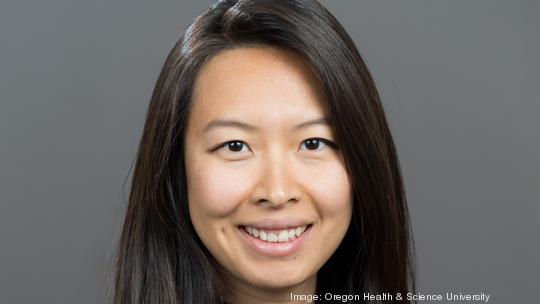
It’s no secret that private equity has scooped up medical practices in recent years, raising concerns about rising costs and diminishing quality.
An Oregon Health & Science University researcher delved into the question of how PE’s growing influence has affected the composition of professionals who deliver care at private practices.
What Dr. Jane Zhu and fellow researchers found was more churn in the workforce and a greater reliance on physician assistants and nurse practitioners, as opposed to doctors.
“We’ve been interested in this question for a long time because a lot of the burgeoning literature on what happens when private equity buys a practice is focused on downstream effects, the cost and quality of care, but anecdotally, a lot of the impact is on the physicians themselves,” Zhu said.
She found more physicians entering than exiting PE-owned clinics, possibly indicating that the same number of doctors are simply being spread over more practice locations.
“The total number of physicians has not changed, so possibly they’re servicing more sites,” Zhu said.

She was joined in the study, the first to look at PE’s impact on the health care workforce, by researchers from the University of Chicago, Johns Hopkins University and Harvard University. The study was published Monday in the journal Health Affairs.
The researchers compared 213 private equity-acquired practices in dermatology, ophthalmology and gastroenterology with 995 physician-owned practices in those same specialties, finding that doctors in PE-acquired practices were more likely to both enter and leave a practice.
All told, PE firms acquired about 1,400 medical practice sites from 2013-16, comprising 5,714 physicians. Some practices sell to PE because they need more capital amid greater market competition and a PE deal may allow physician-owners to retain equity while introducing management and administrative efficiencies, the authors noted.
Hospitals and health systems are also gobbling up independent practices. From 2016-18, health systems acquired more than 8,000 practices and the number of physicians employed by hospitals increased by 14,000.
“Physicians are facing lots of changing environments in their practicing and delivering care and increasingly, they’re becoming salaried employees, and combined with factors like Covid and increasing burnout and large groups of older physicians retiring,” Zhu said. “Private equity ownership is just one piece of the puzzle, and if that trend grows and the extent of entering and exiting practices might reflect physician dissatisfaction, that’s a serious issue we need to grapple with.”
A previous study Zhu published in JAMA Health Forum last fall found that clinics saw more patients and billed more for visits after they were acquired by PE firms. Two years after a sale, PE-acquired practices in certain specialties had average claim charges 20% higher than non-PE-owned clinics.



